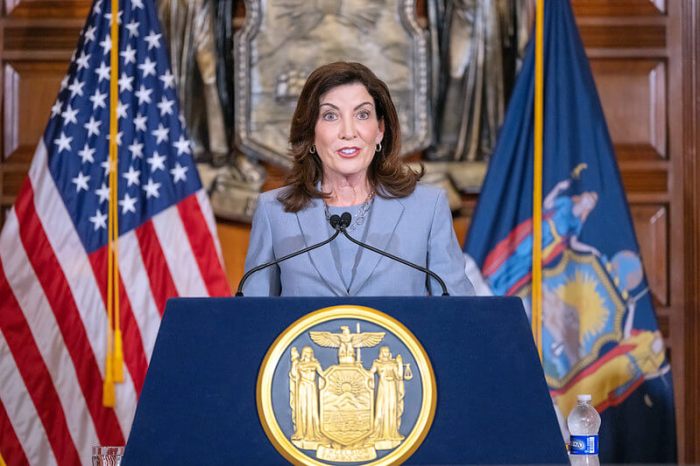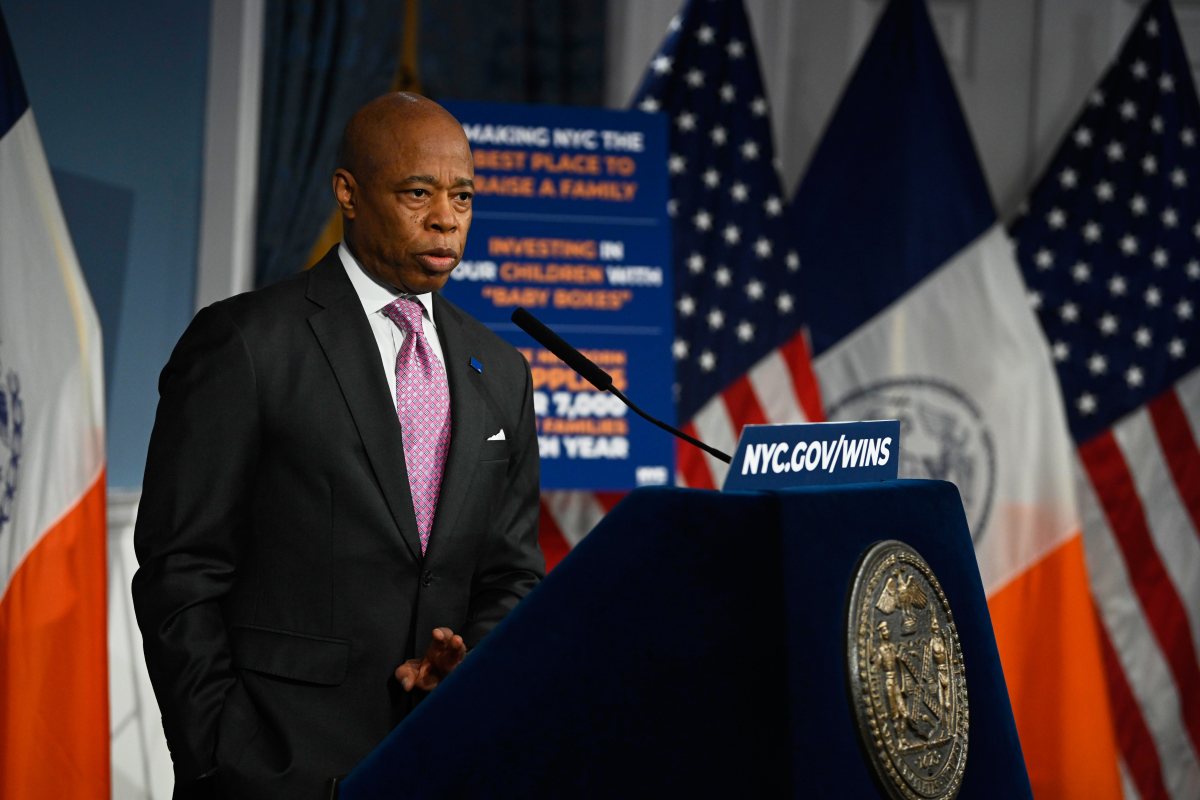KINGSTON, Jamaica — A construction project in Kingston’s protected Palisadoes wetlands is pitting Jamaican environmentalists against the government in a showdown activists say will end up in the courts.
Scientists and local environmentalists accuse the National Works Agency (NWA), which is responsible for the construction, and government’s environment watchdog the National Environment and Planning Agency (NEPA) of ignoring likely impacts of planned coastal improvement work in the protected wetlands. The area is said to be home to more than 300 species of plants and animals, including six native species of cacti.
The public is outraged at what many see as government’s haste to start coastal protection works along a 2.5- kilometre stretch of the 14-kilometre-long peninsula. Environmentalists are calling for an Environmental Impact Assessment study (EIA) and the requisite public consultation process. In the absence of details about the planned development, many are sceptical that a three-year old EIA for similar work in the area is sufficient.
The Palisadoes peninsula links Jamaica’s capital city Kingston to the historic town of Port Royal and the larger of the island’s two international airports.
The development area lies within 13,000 hectares of cays, reefs and mangroves that is also a National Heritage Site and a Ramsar Wetland of International Importance. Decades of development in the capital has severely denuded the mangrove forests, polluted the waters, destroyed its once considerable fishery and rendered Kingston’s only bathing beach useless.
University of the West Indies scientists Mona Webber and Karl Aiken are mindful of the benefits of the improved roadway but remain concerned.
In a recent joint article they wrote: “We feel that the ecological damage that is being wreaked on the environment in this special area is considerable and rather risky and may have significant medium-term negative effects.”
Work to elevate the roadway began in earnest nearly two months ago with the NWA and NEPA resisting renewed consultations even though current works vary significantly from the 2008 plans. Engineers have questioned the cost of the project, estimated at $65.7 million – almost twice 2008 estimates. And since the plans were also well outside the original scope of work, environmentalists wanted a new EIA.
The works will destroy two years of mangrove replanting, intended to restabilise and minimise damage to the sand dunes during bad weather. In recent years, extreme weather events such as Hurricanes Ivan in 2004 and Dean in 2007 have inundated the roadway. There is also concern that the tombolo sandbar, which makes Kingston’s the world’s seventh largest natural harbour, is at risk.
Transport and works minister Michael Henry has promised that the project will “protect the airport and infrastructure inside the Kingston Harbour”, but Webber and Aiken believe it could “cost us (Jamaica) dearly in the ecological sense”.
“Impacts are really uncertain, which is the whole point, as the area is a specially sensitive area,” Aiken told IPS in a written response.
At a public meeting on Oct. 5, NWA’s head Patrick Wong, in an attempt to soothe angry environmentalists, explained that only two lanes with soft shoulders and not the four lanes previously announced are being built.
Despite variations that include an elevation of additional 0.4 metres that make it “less susceptible to flooding”, an additional one kilometre of development and the removal of several sand dunes, both NEPA and NWA believe there is no need for a new EIA.
Marine biologist Peter Wilson-Kelly agreed. In addition to the EIA, he said NEPA would have been informed by its own extensive research of the area.
“The problem is that the public at large may not know what currently pertains…or the mitigation measures being put in place to minimise the impact on the local environment,” said Wilson-Kelly, whose firm carried out the original study.
The Palisadoes project is part of a five-year Jamaica Road Development Infrastructure Program to rehabilitate more than 570 kilometres of roadways across the island. It is funded a $465 million loan from the Chinese Export Import Bank and a 10-cent per litre tax on petrol.
Besides taking NEPA and the NWA to task, environmentalists point out that a parking area for construction vehicles had been built inside the habitat of the extremely rare Opuntia tuna, an endemic species of cactus. On Sep. 7, within days of the commencement of work, NEPA served the NWA with a Stop Order to “facilitate the demarcation of the working foot print, and repair a damaged sand dune”.
But also at issue, explained Aiken, a life sciences lecturer, is the “loss of much of the smaller biota, mainly insect and fungi which live in the top few centimetres of sand which…are usually forgotten in these projects as they are tiny and out of sight, but whose activities ‘run’ the ecosystem”.
There is all-around agreement that the roadway should be improved and that the Palisadoes should be protected. Few are, however, confident that agencies like NEPA are able to carry out their legislative mandates because of sometimes conflicting legislation.
The Palisadoes Port Royal Protected Area is managed by NEPA, a role many see as contradictory to the agency’s responsibility of overseeing development approvals. In its defence, NEPA’s CEO Peter Knight explained that it is the boards of the Town and Country Planning Authority and the Natural Resources Conservation Authority for which it carries out regulatory functions that approves development and environmental applications.
The Palisadoes peninsula is described as a “relatively unique portion of the Jamaican environment”. Classified as a semi-desert, it is made up of several tiny islets, which up to the start of the 20th century were separated by water. It is these passageways, scientists say, that allow water to flood the roadway during the strongest storms and which must be maintained to preserve the narrow strip of land.
Knight is confident in the mechanisms his agency has instituted to monitor the construction and protect the environment. He told journalists at a press conference on Oct. 1 that his agency is satisfied that the construction work would not significantly affect the harbour’s plant and animal life.
“It is not true that there will be destruction of endemic plants, and it is not true the issue of turtle nesting… because the area is not a turtle nesting site,” the island’s chief town planner said. He noted that existing plants including mangroves would be removed and replanted when construction was completed.
But even as discussions continued, the bulldozers rolled and despite assurances, few are confident that NEPA will be able to hold its own against a government bent on development – in the words of one activist, “at whatever cost”. (IPS/GIN)


























